We all have our go-to kitchen habits, but sometimes a few small changes can completely transform the way we cook and eat. These 10 methods are all about taking everyday meals to the next level with simple adjustments that enhance flavors, textures, and presentation. Whether it’s slow cooking for rich, tender dishes or using high heat for a perfect sear, these techniques can make your usual ingredients feel brand new.
These approaches aren’t just for seasoned chefs—they’re easy enough for anyone to try and versatile enough to work with a variety of recipes. Whether you’re looking to add depth, lighten up textures, or just try something fresh, these methods will help you do it with ease. Ready to give your cooking routine a delicious upgrade? Let’s get started with these game-changing techniques and see what they can do for your kitchen!
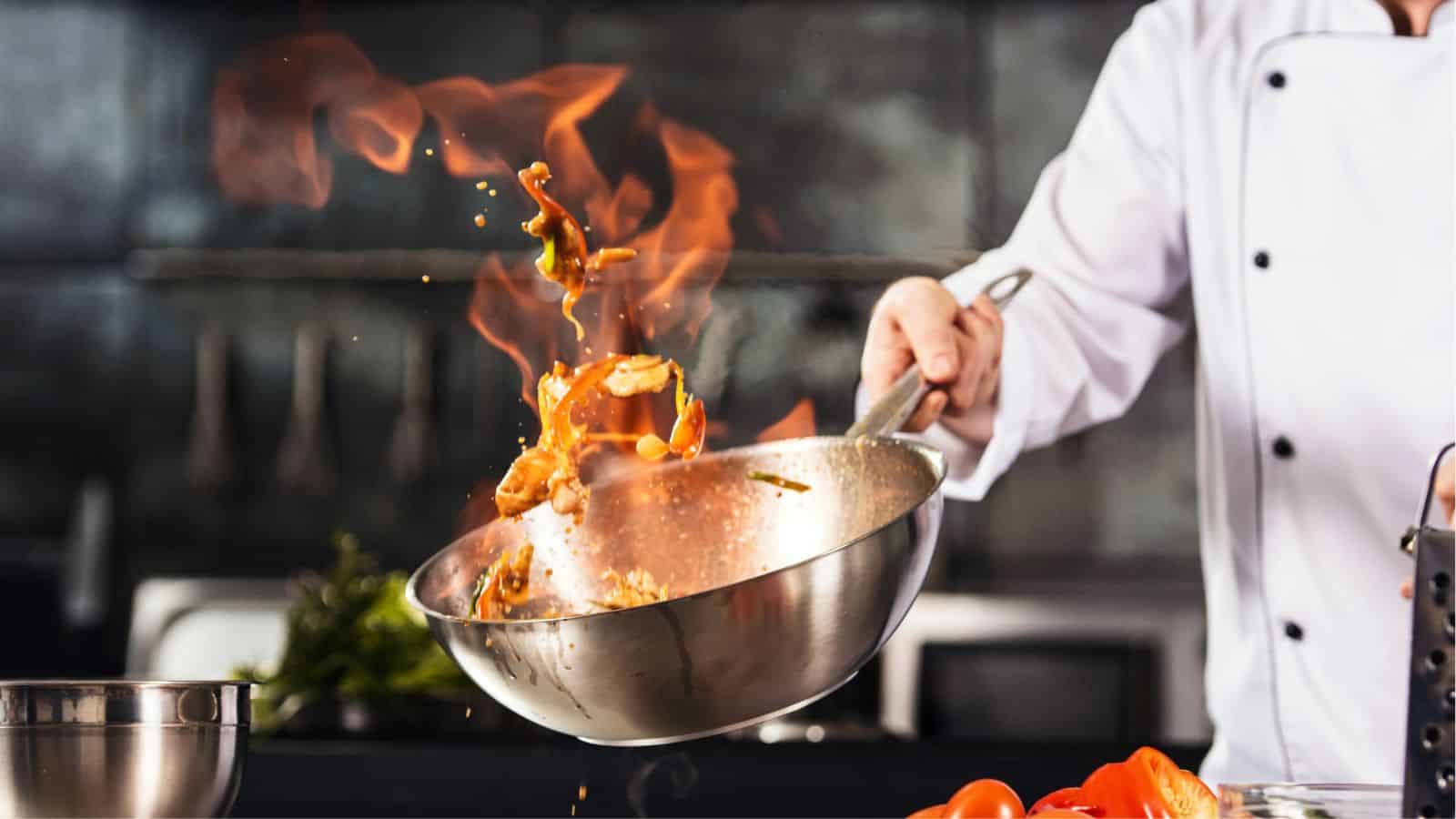
Sous Vide

This technique involves vacuum-sealing food in a bag and cooking it in a water bath at a precise temperature. It allows for even cooking and helps retain moisture, making meats tender and flavorful. Sous vide is perfect for those who want to achieve restaurant-quality results at home. It may require special equipment, but the results are worth the effort.
Fermentation

Fermentation is the process of using bacteria or yeast to transform food, enhancing flavors and nutritional value. Common examples include making yogurt, sauerkraut, or kimchi. This technique not only preserves food but also introduces beneficial probiotics to the diet. Trying fermentation can be a fun way to explore new tastes and textures.
Smoking

Smoking adds a rich, deep flavor to meats, fish, and even vegetables. This technique can be done using a smoker or stovetop method with wood chips. The process infuses food with a distinct aroma and taste, creating a unique dining experience. Experimenting with different types of wood can yield various flavor profiles.
Braising

Braising combines both dry and wet cooking methods, starting with searing meat and then slow-cooking it in liquid. This technique is excellent for tougher cuts of meat, as it breaks down collagen, resulting in tender and flavorful dishes. It’s a great way to make hearty meals with minimal effort. The process allows flavors to meld beautifully over time.
Poaching

Poaching involves cooking food gently in simmering liquid, such as water, broth, or wine. This method is ideal for delicate proteins like fish or eggs, as it helps retain moisture without adding fat. Poaching can also infuse the food with additional flavors from the cooking liquid. It’s a healthy cooking option that’s easy to master.
Stir-Frying
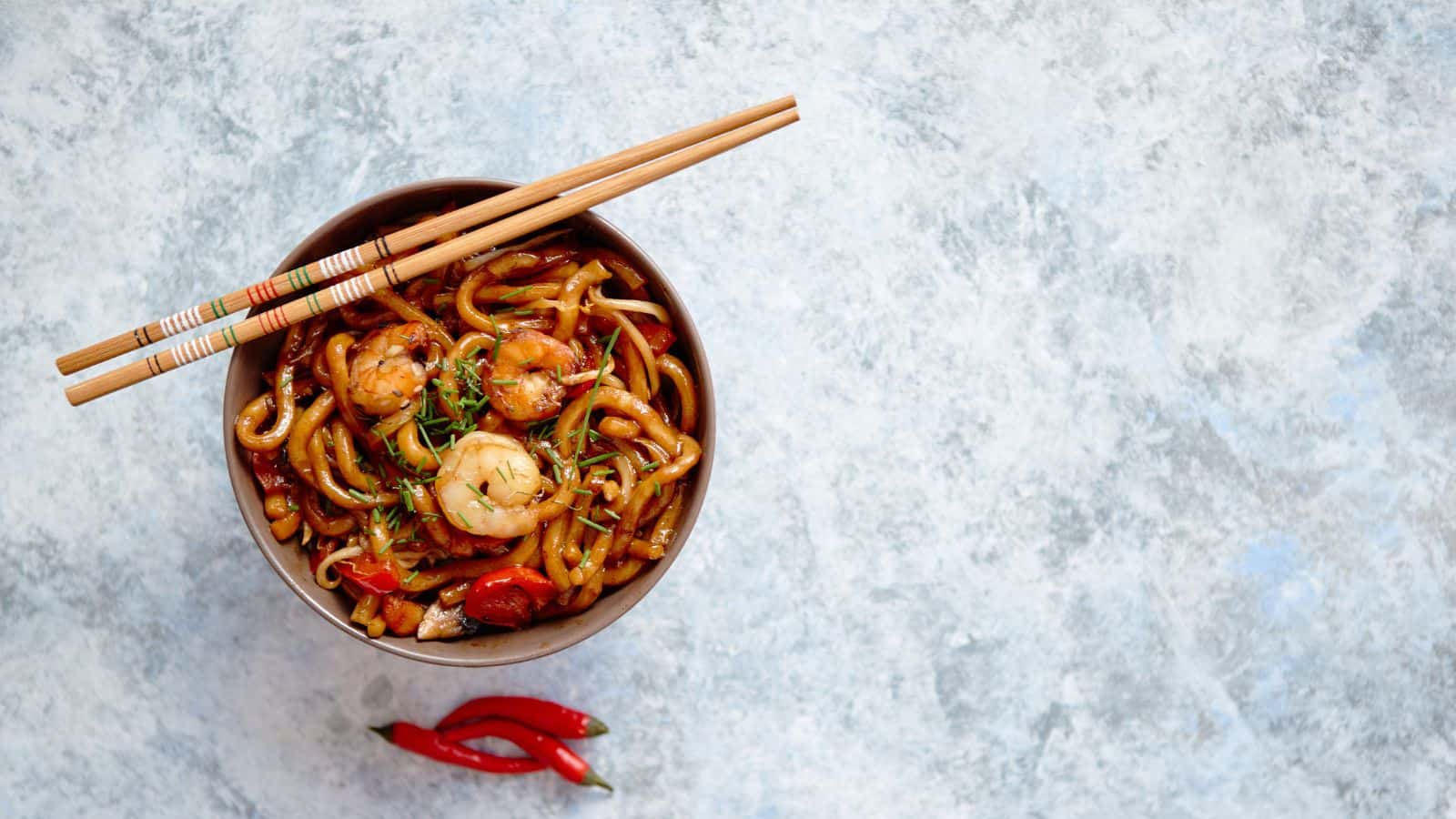
This fast cooking technique involves quickly frying small pieces of food in a hot pan or wok with a small amount of oil. Stir-frying retains the vibrant colors and crisp textures of vegetables while cooking proteins quickly. It’s a versatile method that can be adapted to various cuisines and ingredients. Mastering stir-frying can lead to quick and satisfying meals.
Baking

Baking is a dry heat cooking method that uses an oven to cook food evenly. It’s commonly used for bread, pastries, and casseroles, allowing for a wide range of dishes. This technique can create deliciously crispy textures and rich flavors through caramelization. Baking can be both an art and a science, making it a rewarding skill to develop.
Grilling
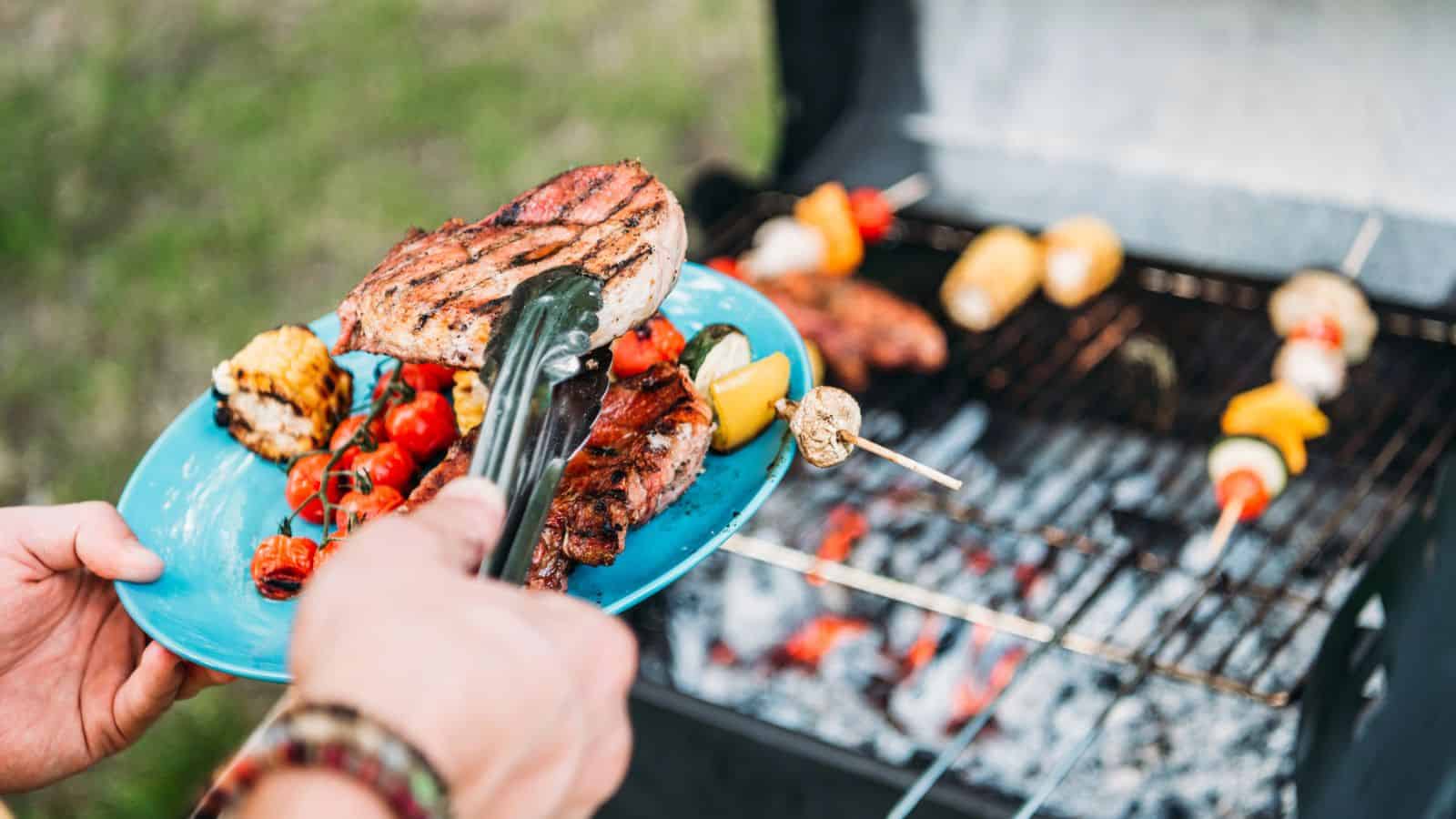
Grilling involves cooking food over direct heat, imparting a smoky flavor and attractive grill marks. This technique is ideal for meats, vegetables, and even fruits, making it a favorite for outdoor gatherings. Mastering grilling can lead to perfectly cooked dishes with a charred exterior and juicy interior. The versatility of grilling allows for endless flavor combinations.
Pressure Cooking

Using a pressure cooker allows food to cook quickly while retaining moisture and nutrients. This technique is especially useful for tough cuts of meat, grains, and legumes, drastically reducing cooking time. Pressure cooking can also intensify flavors, making it a great option for flavorful stews and soups. It’s an efficient way to prepare meals without sacrificing taste.
Baking Soda Activation
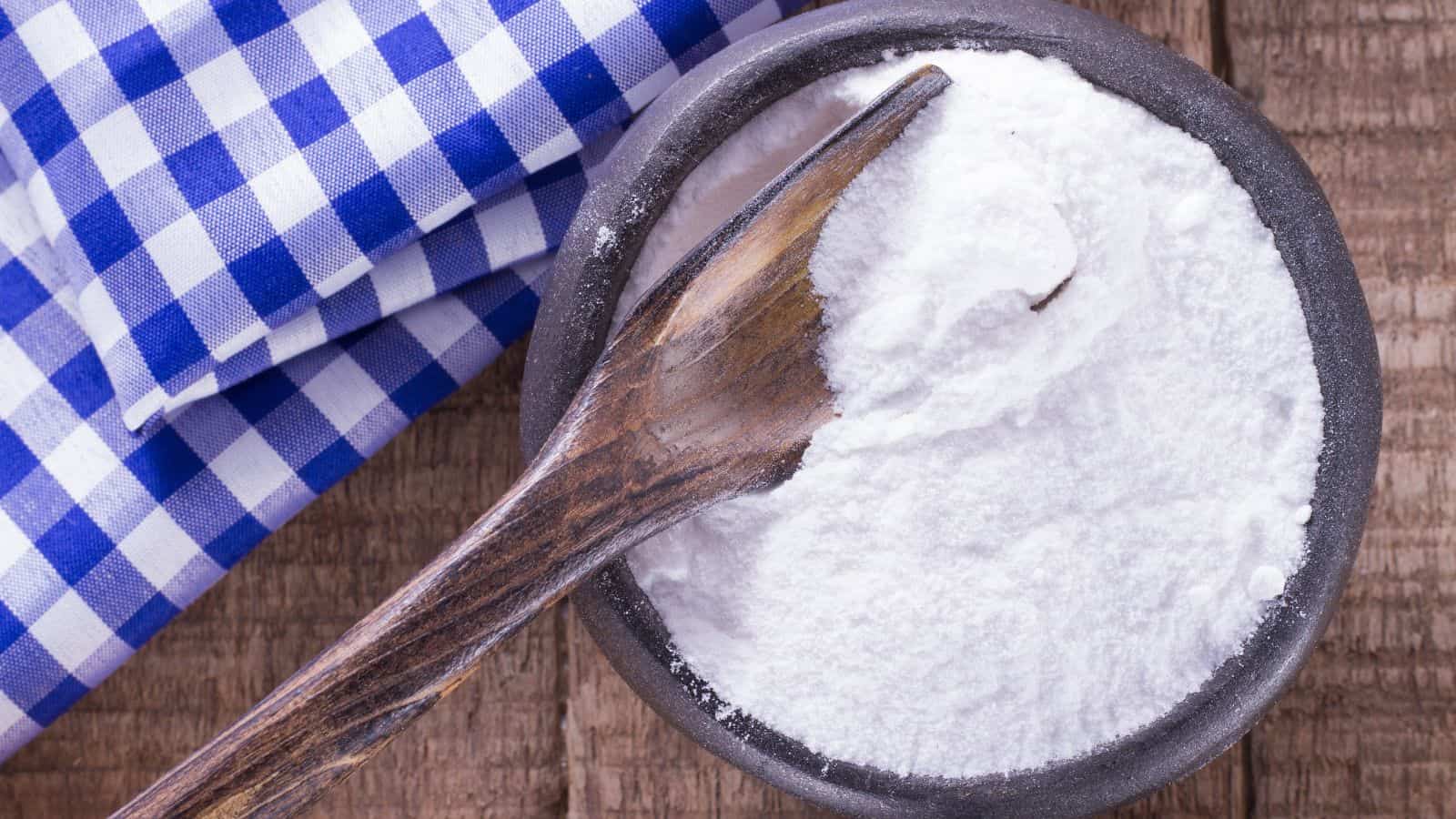
Utilizing baking soda in cooking can create interesting textures and flavors. This technique is often used in recipes like pancakes or cookies to create a light, airy result. Understanding how baking soda reacts with acids can also lead to unique flavor profiles. This simple ingredient can make a significant difference in the final product.
Keep Your Food Fresh Using These 15 Ancient Food Preservation Techniques

Want more kitchen techniques? Preserving food has been a crucial part of human survival for centuries. Long before we had the convenience of refrigerators and freezers, ancient civilizations had to get creative to keep their food from spoiling. They developed these 15 different types of food preservation that not only extended the shelf life of their food but also enhanced its flavors.
Read More Here: Keep Your Food Fresh Using These 15 Ancient Food Preservation Techniques
15 Clever Ways to Make the Most of Leftover Ingredients

Make the most out of your ingredients! Leftover ingredients often get tossed or forgotten, but they can be easily transformed into new and flavorful dishes. Instead of letting food go to waste, you can repurpose items like stale bread into crispy croutons or vegetable scraps into a rich, homemade broth. These simple ideas not only reduce waste but also add variety to your meals without much extra effort.
Read More Here: 15 Clever Ways to Make the Most of Leftover Ingredients

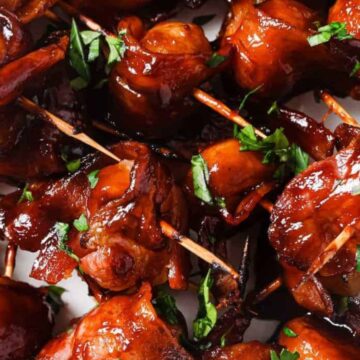
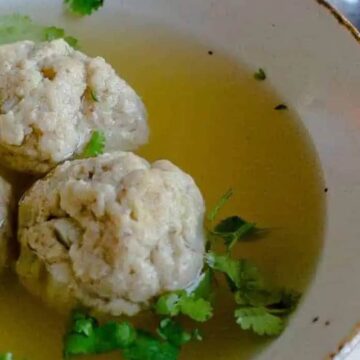
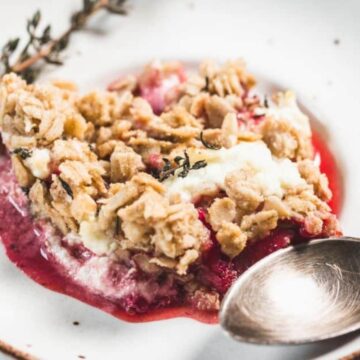

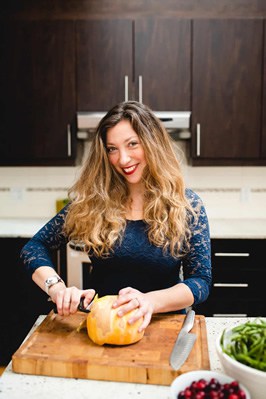
Tell Me What You Think!